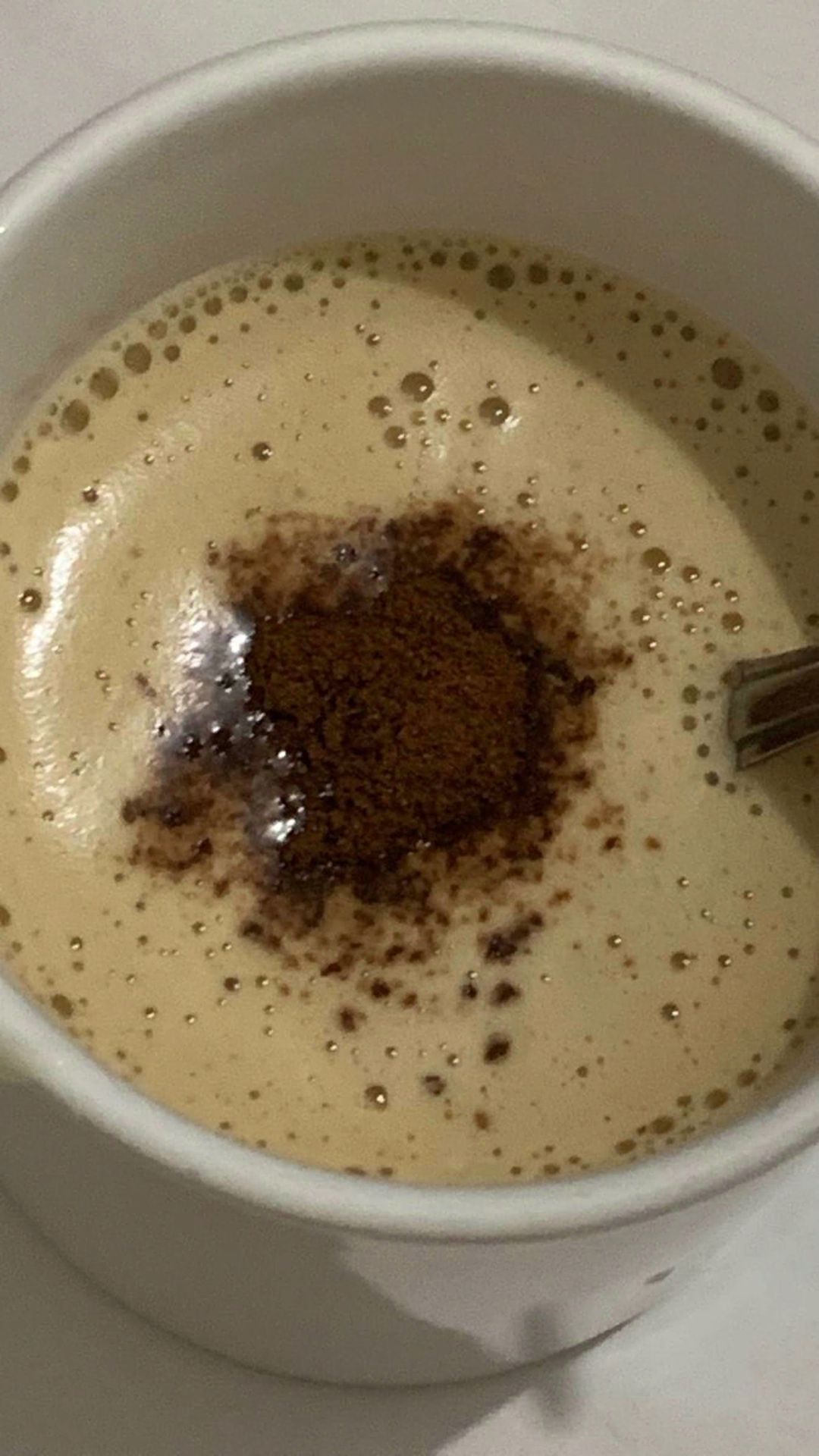Tea, much like wine, is a beverage steeped in tradition, history, and cultural significance. From the rolling hills of Darjeeling to the serene gardens of Kyoto, tea has traversed continents, bringing comfort, joy, and a sense of connection to countless lives. Whether you’re an aficionado or a casual drinker, there’s always something new to discover about this remarkable drink. Let’s take a journey through the multifaceted world of tea.
### The Roots of Tea
Tea’s origin story is as captivating as its myriad flavors. Legend has it that Emperor Shen Nong, a mythical figure in Chinese history, discovered tea in 2737 BC when leaves accidentally blew into his pot of boiling water. Intrigued by the infusion, he decided to taste the brew, thus kickstarting a love affair with tea that would span millennia.
China remains the birthplace of tea, but it didn’t take long for the beverage to seep into the cultural fabric of nations worldwide. By the 8th century, tea had made its way to Japan, where it became an integral part of the Zen Buddhist ceremonies. It was during Japan’s Muromachi period that the art of the tea ceremony, or “chanoyu,” emerged, transforming tea preparation and consumption into a meditative practice.
### The Many Faces of Tea
Tea is a diverse category that can be broadly divided into five primary types: green, black, oolong, white, and pu-erh. Each type offers a unique flavor profile and is celebrated for its distinct characteristics:
– Green Tea: This tea is minimally processed, preserving its green color and delicate flavors. It’s known for its grassy, fresh notes and higher antioxidant content.
– Black Tea: Fully oxidized, black tea offers a robust flavor profile that ranges from malty to fruity. It’s the most consumed type of tea in the world, often enjoyed with milk and sugar.
– Oolong Tea: Semi-oxidized, oolong teetering between green and black tea offers a complex flavor that can be floral, fruity, or even toasty.
– White Tea: The least processed of all types, white tea is made from young leaves and buds. Its flavor is mild and sweet, often with a hint of floral.
– Pu-erh Tea: Unique for its fermentation process, pu-erh can be aged like fine wine. It boasts an earthy, rich flavor that becomes more complex over time.
### Health Benefits of Tea
Beyond its pleasing taste and cultural significance, tea is also lauded for its myriad health benefits. Rich in antioxidants, particularly catechins, tea helps combat oxidative stress and inflammation. Regular consumption has been linked to improved cardiovascular health, better digestion, and even enhanced mental clarity.
– Green Tea: Known for its high catechin content, green tea can boost metabolism and improve brain function.
– Black Tea: Studies suggest black tea can lower cholesterol and improve gut health.
– Oolong Tea: This tea may help with weight management by enhancing lipid metabolism.
– White Tea: Antioxidant-rich, white tea is excellent for skin health, providing anti-aging benefits.
– Pu-erh Tea: Often hailed for its probiotic benefits, pu-erh aids in digestion and weight loss.
### Tea Culture Around the World
Tea culture varies significantly from one country to another, creating a rich tapestry of rituals, preparations, and social connotations.
– China: The Chinese gongfu tea ceremony is an elaborate, refined experience focusing on the quality of the leaf and the purity of the water.
– Japan: The Japanese tea ceremony, or “chanoyu,” is a spiritual practice that exemplifies harmony, respect, purity, and tranquility.
– England: Afternoon tea is a cherished tradition in Britain, complete with scones, clotted cream, and a variety of finger sandwiches.
– India: In India, tea or “chai” is often flavored with spices like cardamom, ginger, and cloves, creating a warming, aromatic brew known as masala chai.
### The Modern Tea Renaissance
In recent years, the tea world has experienced a renaissance, with specialty tea shops and artisanal blends capturing the interest of a new generation. Innovations such as bubble tea from Taiwan and matcha lattes from Japan have found global popularity, bridging the gap between tradition and modernity.
### Final Thoughts
Tea is more than just a drink; it’s a bridge connecting history, culture, and human experience. Whether sipped in silence during a solitary moment of reflection or shared with friends in a bustling café, tea has an unparalleled ability to bring warmth and comfort.
So the next time you brew a cup, take a moment to appreciate the centuries of tradition, care, and craftsmanship that have gone into this humble yet extraordinary beverage. Here’s to the timeless elegance of tea!

Leave a Reply